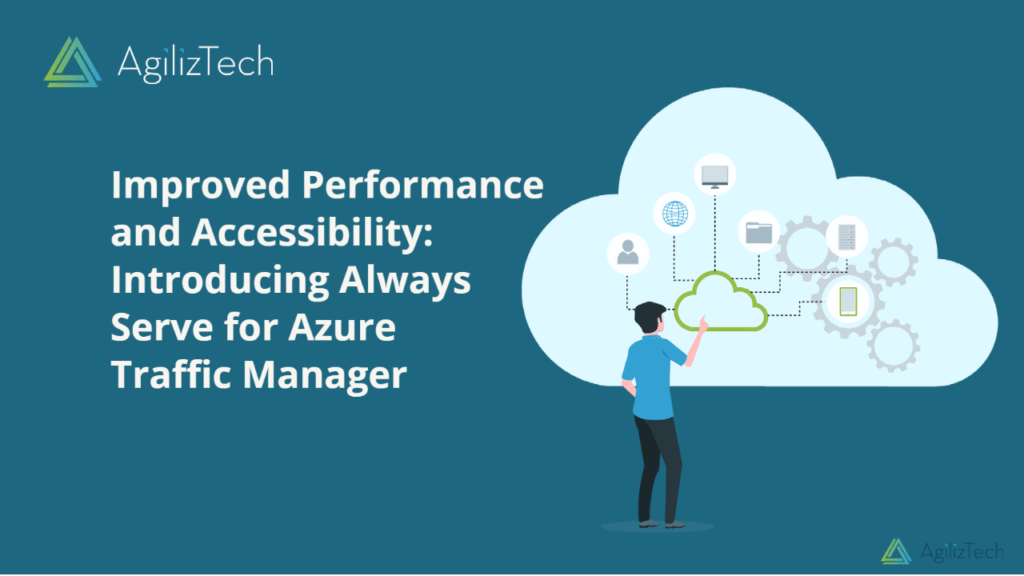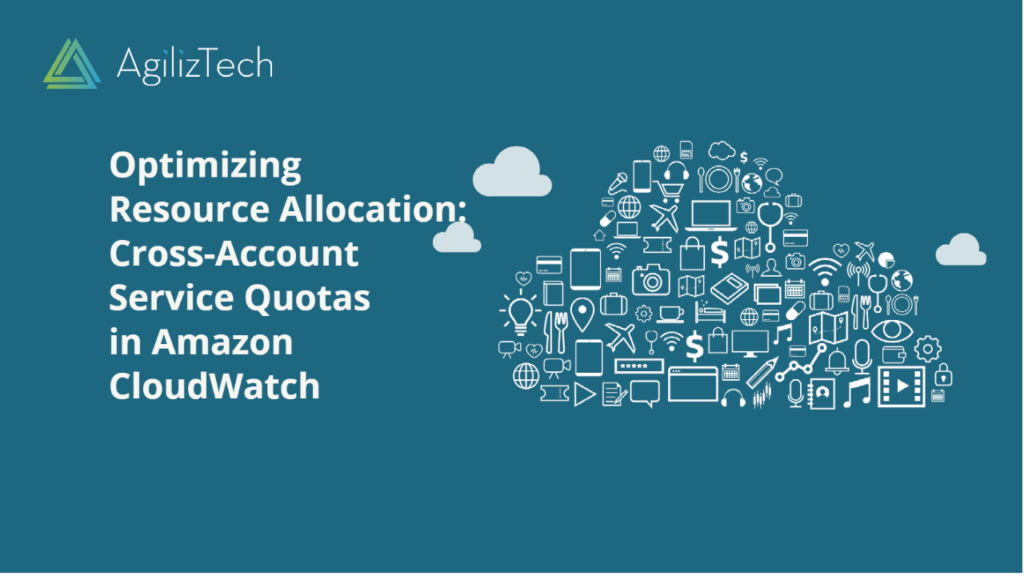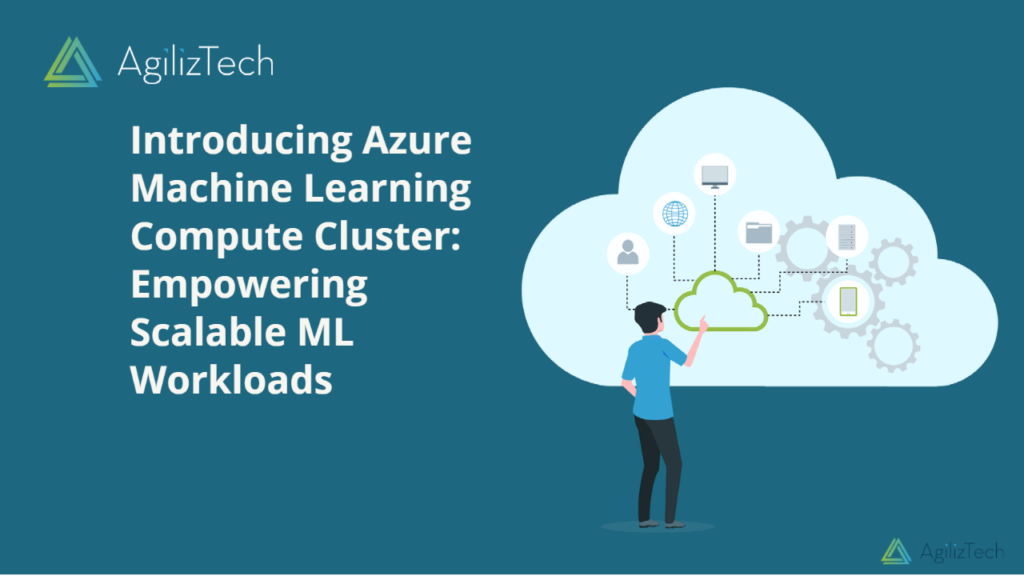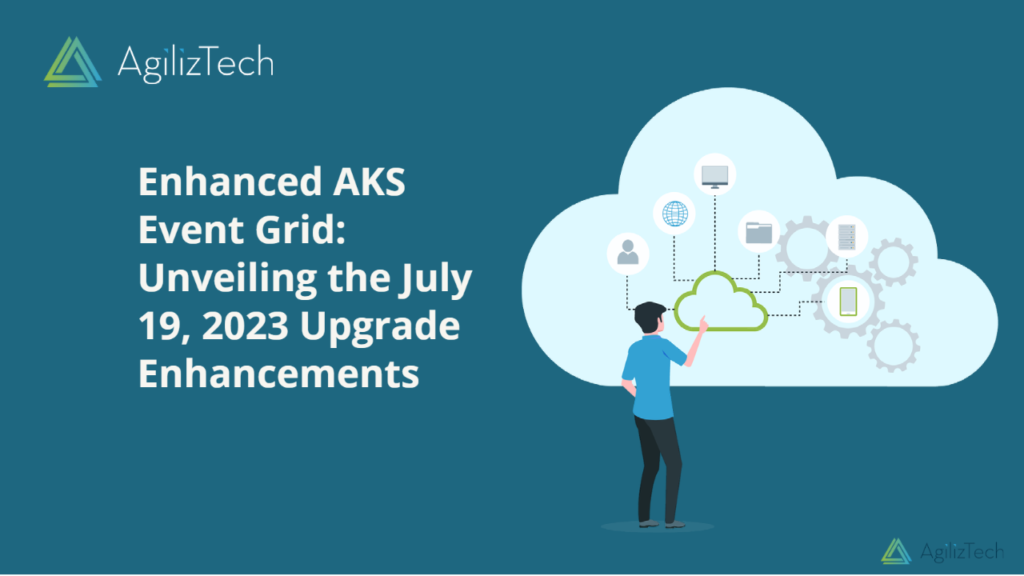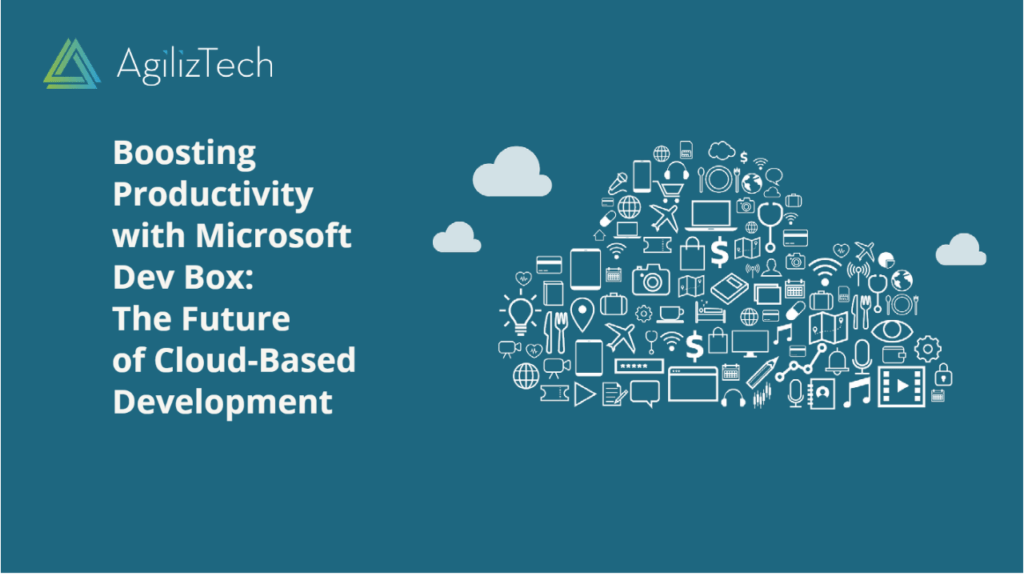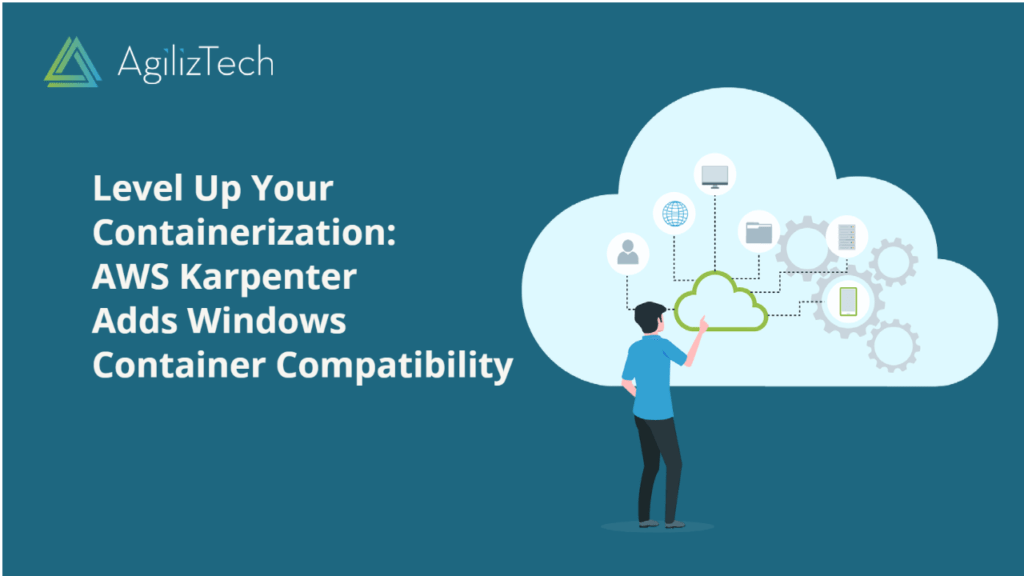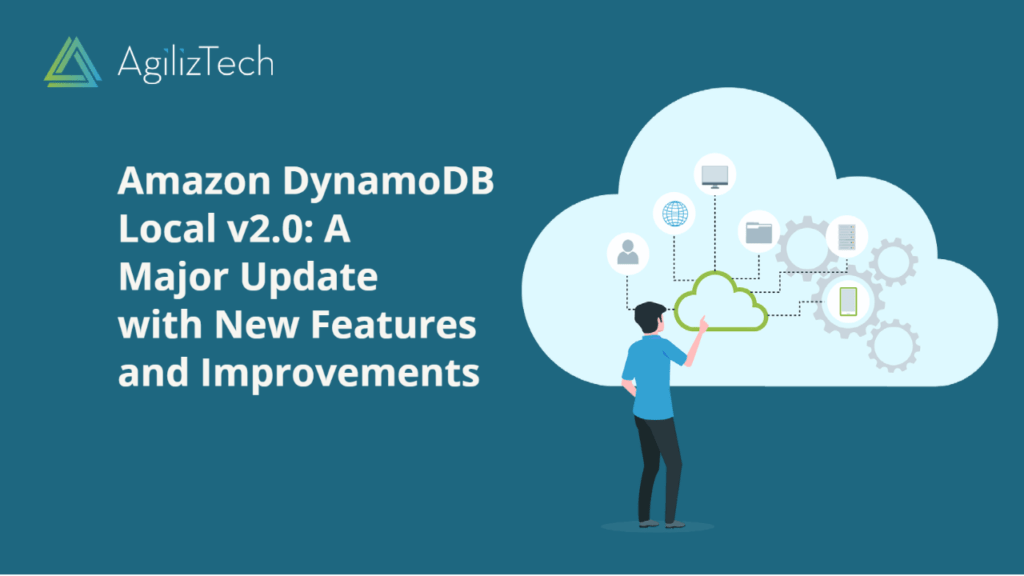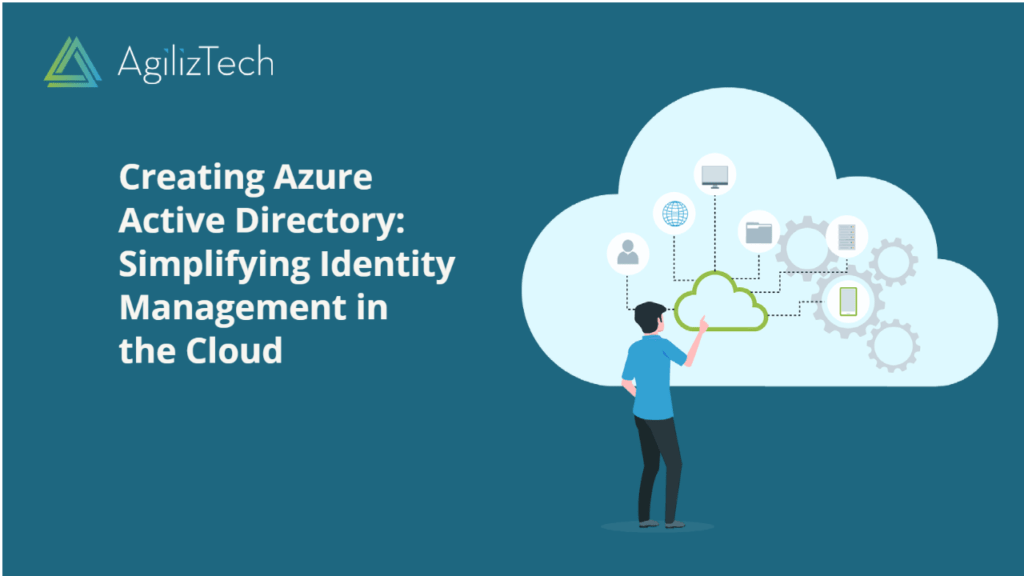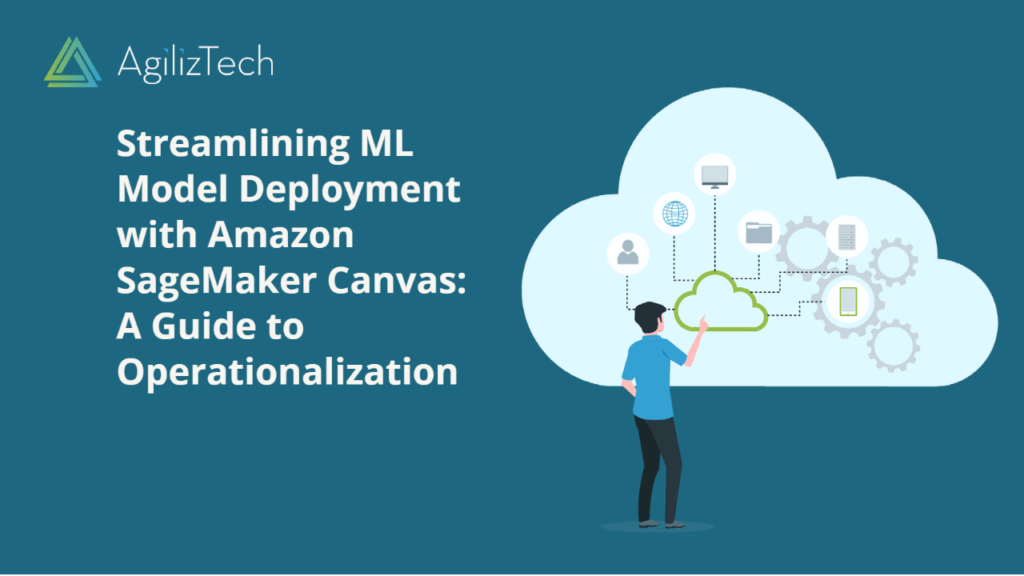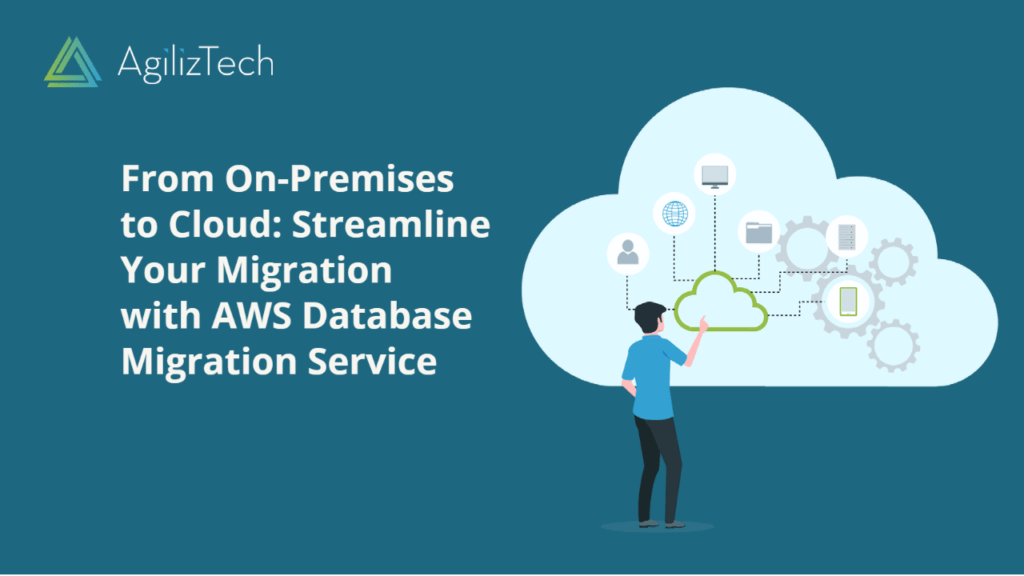Always Serve for Azure Traffic Manager: A New Feature Enhancing Availability
Overview
The Always Serve for Azure Traffic Manager (ATM) is a new feature that enables users to specify a specific endpoint for traffic serving, even if it is not the most optimal choice. This capability is valuable when consistent traffic from a particular location is necessary, such as government websites or financial institutions. Azure Traffic Manager, a cloud-based service, facilitates the distribution of traffic across multiple endpoints, including web servers, cloud services, and Azure VMs. It leverages various factors, such as latency, availability, and performance, to determine the optimal endpoint for serving a request.
Always Serve for Azure Traffic Manager: Benefits
Using Always Serve for ATM offers several advantages:
- Improved availability: Ensures continuous availability of applications by directing traffic to a healthy endpoint consistently.
- Reduced latency: Minimizes latency by always serving traffic from the nearest endpoint.
- Increased control: Empowers users with more control over traffic routing to their endpoints.
How It’s Useful
Always Serve proves useful in various scenarios, including:
1. Government websites: Government websites require accessibility worldwide, even during network outages or disruptions. Always Serve guarantees these websites’ continuous availability to users.
2. Financial institutions: Financial institutions must ensure their websites are accessible to customers at all times, especially during peak load periods. Always Serve helps maintain constant availability, even during traffic spikes.
3. E-commerce websites: E-commerce platforms need to be reliably available to customers for completing purchases. Always Serve ensures these websites’ continuous accessibility, even if issues arise with one of the endpoints.
How to Use Always Serve for Azure Traffic Manager
To leverage Always Serve for ATM, follow these steps:
1. Create a new profile and specify the desired endpoint for traffic serving.
2. Optionally, set a priority for the endpoint to determine its usage when multiple endpoints are available.
Conclusion
Always Serve in Azure Traffic Manager introduces a new feature that enhances application availability and performance. This tool proves invaluable for organizations seeking to maintain constant website availability for their users.The Always Serve feature in Azure Traffic Manager improves application availability and performance, making it an essential tool for organizations that want to ensure their website is always accessible to users.
